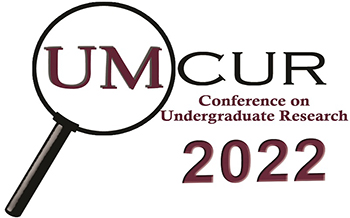Presentation Type
Presentation
Faculty Mentor’s Full Name
Michael Mayer
Faculty Mentor’s Department
History
Abstract / Artist's Statement
President Dwight D. Eisenhower came to the White House with as much experience in military and diplomatic affairs as anyone who has held the office. From the very beginning of his first term, he faced challenges that put his experience to good use. The death of Josef Vissarionovich Stalin on March 5, 1953, created tensions for Eisenhower’s administration that hardly abated until the Geneva Summit in July of 1955. Throughout the succession struggle in the Kremlin, Eisenhower and his administration worked diligently to understand the complicated dynamics of the Soviet power hierarchy. Complicating factors for understanding what was happening in Moscow included the changing of titles, a profound lack of transparency, and shifting meaning to existing positions of power. Throughout the succession struggle that followed Stalin’s death, Eisenhower’s approach to the Soviet Union was marked by wise and measured caution. From the outside, Eisenhower’s bold speeches and plans for collaborative peace-making may have seemed almost too daring in the face of so much uncertainty. In reality, however, the President carefully considered and discussed every speech, press release, and meeting, and he acted only after an incredible amount of caution and forethought.
Category
Humanities
Caution in Stalin's Wake: Perspectives of American Leaders
UC 330
President Dwight D. Eisenhower came to the White House with as much experience in military and diplomatic affairs as anyone who has held the office. From the very beginning of his first term, he faced challenges that put his experience to good use. The death of Josef Vissarionovich Stalin on March 5, 1953, created tensions for Eisenhower’s administration that hardly abated until the Geneva Summit in July of 1955. Throughout the succession struggle in the Kremlin, Eisenhower and his administration worked diligently to understand the complicated dynamics of the Soviet power hierarchy. Complicating factors for understanding what was happening in Moscow included the changing of titles, a profound lack of transparency, and shifting meaning to existing positions of power. Throughout the succession struggle that followed Stalin’s death, Eisenhower’s approach to the Soviet Union was marked by wise and measured caution. From the outside, Eisenhower’s bold speeches and plans for collaborative peace-making may have seemed almost too daring in the face of so much uncertainty. In reality, however, the President carefully considered and discussed every speech, press release, and meeting, and he acted only after an incredible amount of caution and forethought.
